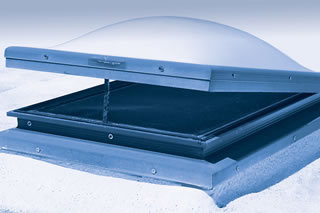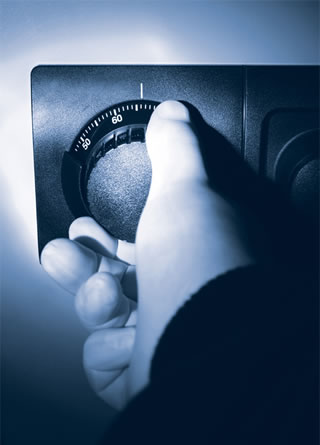Beefing Up Home Security - Page 2
 |
 |
 |
|
|
Assessing security issues
The first thing to do is to assess where your home is most vulnerable. Automated door locks and remote access to alarm controls may be at the top of the list. If you want to keep track of family members and service contractors, video surveillance on your smart phone may be another priority.
Although there are DIY systems available that make loud noises when sensors are triggered, monitored security provides the best protection. It will send a signal to a central-monitoring station each time it is activated, such as when door or window contacts are broken, or when a presence in the building is detected. When the sensors are tripped, the monitoring system will dispatch the appropriate authority—be it police, fire, or medics—to your property.
A professional home-security company can help you assess your home’s vulnerabilities and provide solutions that fit your budget. To find a reputable one, get referrals from family, friends, or your local law enforcement agency. Check references and the Better Business Bureau to evaluate their work history.
What professionals look for
When a homeowner calls a home-security company, the company’s first step will be to schedule a visit to your home to assess the property.
“We are looking for things as soon as we enter the neighborhood,” said McKinney. “Are power and security lines above ground? Is there shrubbery covering windows? Is the exterior well lit? We teach our sales teams to think about how they would get in.”
Since doors are the number-one targets for burglar entries, consider installing sensors on all of your exterior doors. Windows are also prone to break-ins, so the ideal solution is to put a sensor on each window. If that becomes cost prohibitive, consider placing a motion sensor and glass-breakage detectors in each room.
Hard-wired vs. wireless
Traditional alarms are hard-wired into a home’s electrical system; there is no need to worry about replacing or recharging batteries. Professional installers tend to use hard-wired systems. These systems usually take several days to install because installers will need to run cabling from the main control panel throughout the house.
Combination or partial-wire systems require the control panel to be wired into the main electricity supply. However, many systems provide the option to run off a built-in rechargeable battery, allowing the panel to be removed and recharged when necessary. The combination provides a backup in case, for example, a power outage cuts off electricity to the house, or the batteries in the remote system die. These can take a day or two to install.
Wireless systems can be set up in just a few hours because there are no wires to run. The main control panel, door and window contacts, and glass-breakage and infrared detectors are all battery operated, which means you have to keep replacing or recharging batteries as needed.
The best time to install a hard-wire security system is during a remodel, when you can freely hard-wire key components. If you’re not remodeling, it’s best to look into the combination or wireless route.
“Everything we have that is hard-wired at ADT is also available in a wireless capacity as well,” McKinney said. “We are amenable to that application, and in some mid-century modern homes it’s difficult to get wires from point A to point B, so we use wireless devices to accomplish that.”




